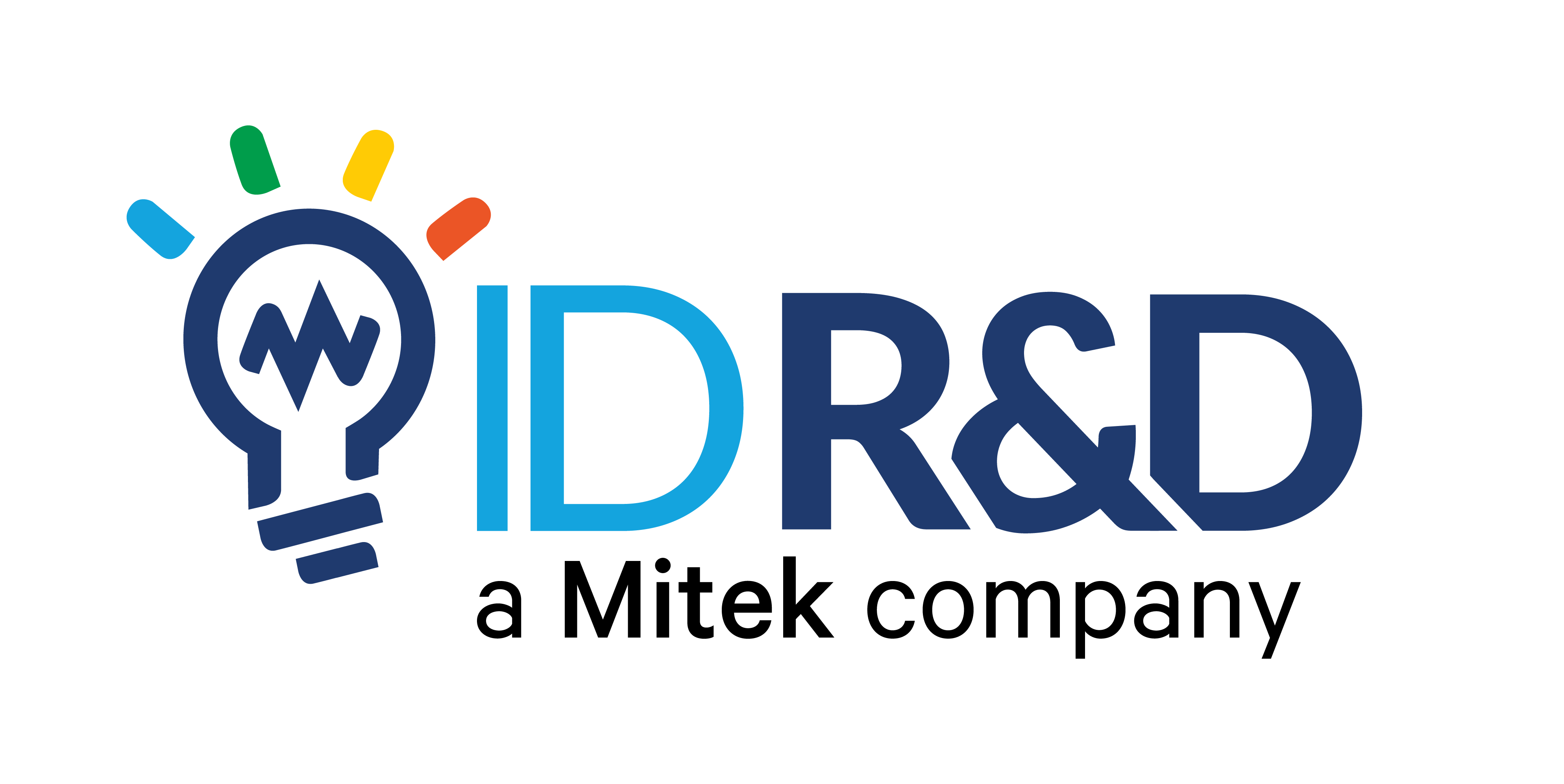The evidence is strong. Reduced customer effort leads to increased loyalty and positive ROI.
- According to a Gartner study, disloyalty for customers with a high-effort service interaction is a whopping 96%. To the contrary, customers with a low-effort experience with a brand are 94% more likely to repurchase.
- Gartner also found that Net Promoter Score (NPS) is 65 points higher for top-performing low-effort companies than for high-effort companies.
- In another study, 87 percent of consumers said that “complicated” checkout process will make them abandon their shopping cart.
Reducing customer effort is becoming the norm, not the exception. Why flag down a taxi when we use Lyft or Uber to get a ride and pay with extreme efficiency? Why wait in line for your Starbucks when we can order in seconds with an app? And why go through cumbersome check out processes when Amazon enables us to order just about anything with the click of a button and have it at our doorstep the next day (or sooner!)?
It’s really not surprising that consumers place such a high value on ease. What is surprising is how much friction can be found in the average customer journey. Consider your frustration over:
- Having to re-explain a problem when transferring to another representative or channel
- Being forced to switch from the web or a mobile app to the phone to complete a transaction
- Contacting a company repeatedly about the same issue
- Not being able to find answers to common questions
- Being a long-time customer, yet treated like a stranger
Authentication for secure access to accounts and data is often a huge source of frustration, however it’s often dismissed as “necessary friction”. Unfortunately, it’s also friction that happens early and often in the journey. We’ve all been there:
- Getting locked out of an account
- Forced password resets
- Having to answer obscure security questions (Did you say your first car was a Mustang or a Ford? Don’t answer wrong!)
- Having to re-authenticate when switching channels
- Time consuming new account onboarding processes
- And the worst, having your data stolen or account compromised
So, back to the part about authentication imposing “necessary friction.” While that may have been the case years ago, technology has advanced substantially. Today’s businesses are increasingly adopting various forms of biometrics to not only improve the customer experience and reduce customer effort & friction, but also strengthen security. Common solutions to reduce customer friction and effort include voice verification, face biometrics with passive liveness detection, behavioral biometrics, and fingerprint technology.
When evaluating how to reduce customer effort and friction, don’t neglect to consider your authentication experience.
ID R&D has teamed up with BiometricUpdate.com to launch a survey on enterprise approaches to authentication and biometrics, and timelines for implementation. Participate for a free copy of the finding report! Learn more here and take the survey.
